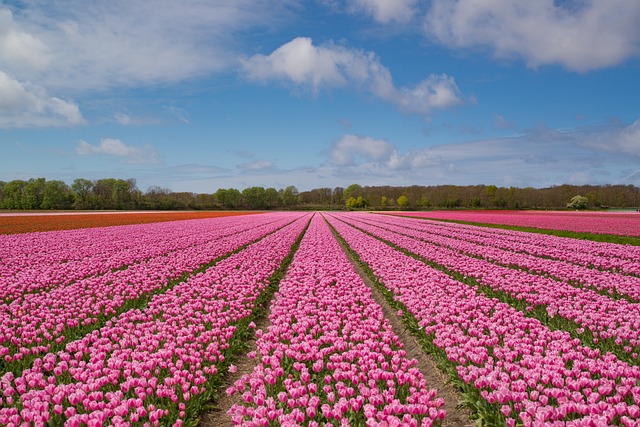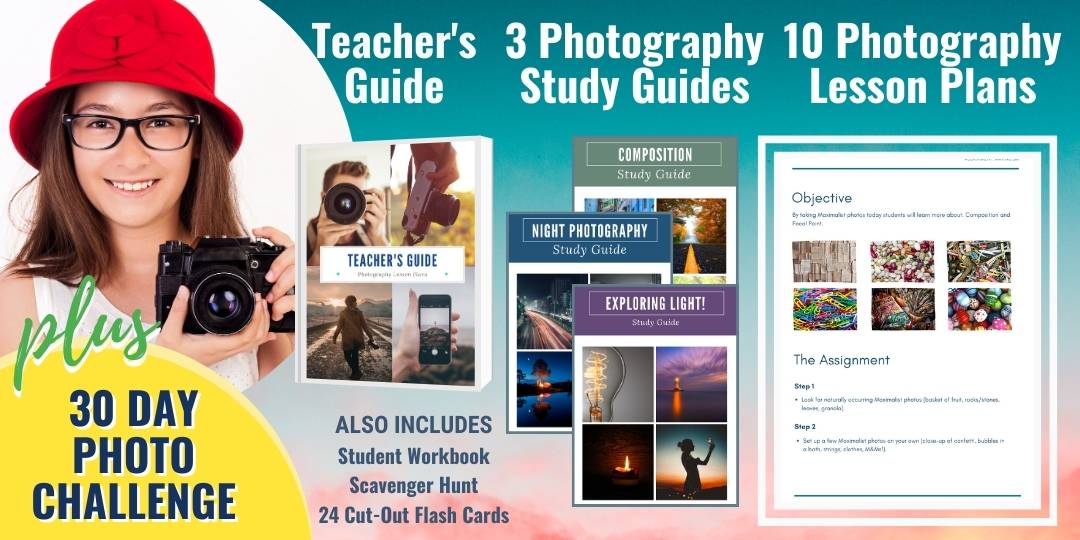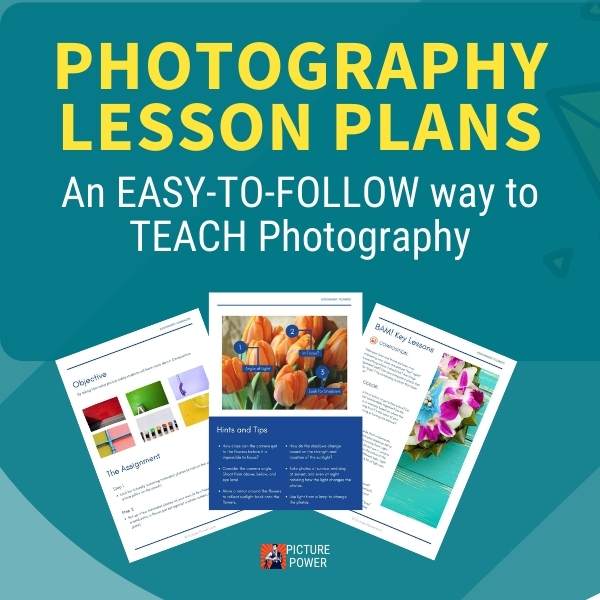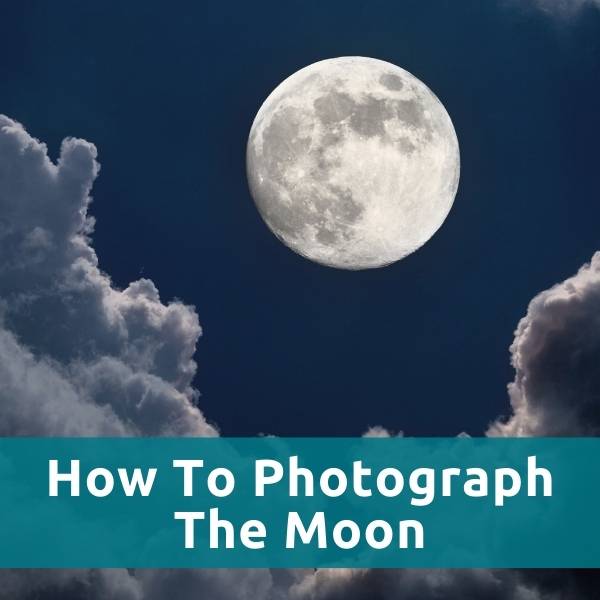Picture Power Quick Shots
5 Ways to use composition Techniques in a photograph
Photography is more than a simple click of a button, it's a medium of expression, a form of art that allows us to communicate a message through visual storytelling.
At the heart of any great photograph is the composition, which plays a crucial role in shaping the interpretation of the image.
Here are five composition techniques you can use to create a more interesting or informative photograph.
Rule of Thirds

One of the most well-known principles of composition is the Rule of Thirds, which suggests that interesting compositions are created when the subject is placed along one of the imaginary lines that divide the image into thirds.
This not only draws the viewer's eye to the subject but also creates a more dynamic and engaging image.
Leading LInes

Leading lines are another important aspect of composition. These lines can be anything from a road to the edge of a building and serve to guide the viewer's gaze towards the subject, leading them into the image and creating a sense of depth.
Framing

Framing is yet another way to control the interpretation of a photograph. Using natural or man-made elements to frame the subject helps to draw attention to the subject and create context for the image.
This also allows for the creation of a sense of scale and proportion, making the subject appear larger or smaller in relation to its surroundings.
Symmetry and Asymmetry

Symmetry and asymmetry play a crucial role in the interpretation of a photograph. Symmetrical compositions create a sense of balance and stability, while asymmetrical compositions create tension and dynamism.
By carefully considering the balance of elements in the image, photographers can control the mood and emotional impact of their photographs.
Color and Tone

Finally, color and tone are two elements that can have a profound effect on the interpretation of a photograph. Color has the power to evoke emotions, while tone can create depth and contrast.
By carefully controlling these elements, photographers can convey a range of emotions, from happiness and excitement to sadness and despair.

Composition is a fundamental aspect of photography and it's important to understand how it affects the interpretation of an image.
Whether you're an experienced photographer or just starting out, taking the time to understand the principles of composition will help you create images that communicate your vision more effectively.
Photography lesson plans pack (Printables)
Jump right into teaching photography with our exclusive Photography Lesson Plans pack.
Includes:
- 10 Photography Lesson Plans
- 1 Teacher's Guide
- 3 Photography Study Guides
- 30-Day Photography Challenge
- 1 Student Workbook
- 24 Cut-Out Photo Flash Cards
- 1 Photo Scavenger Hunt














